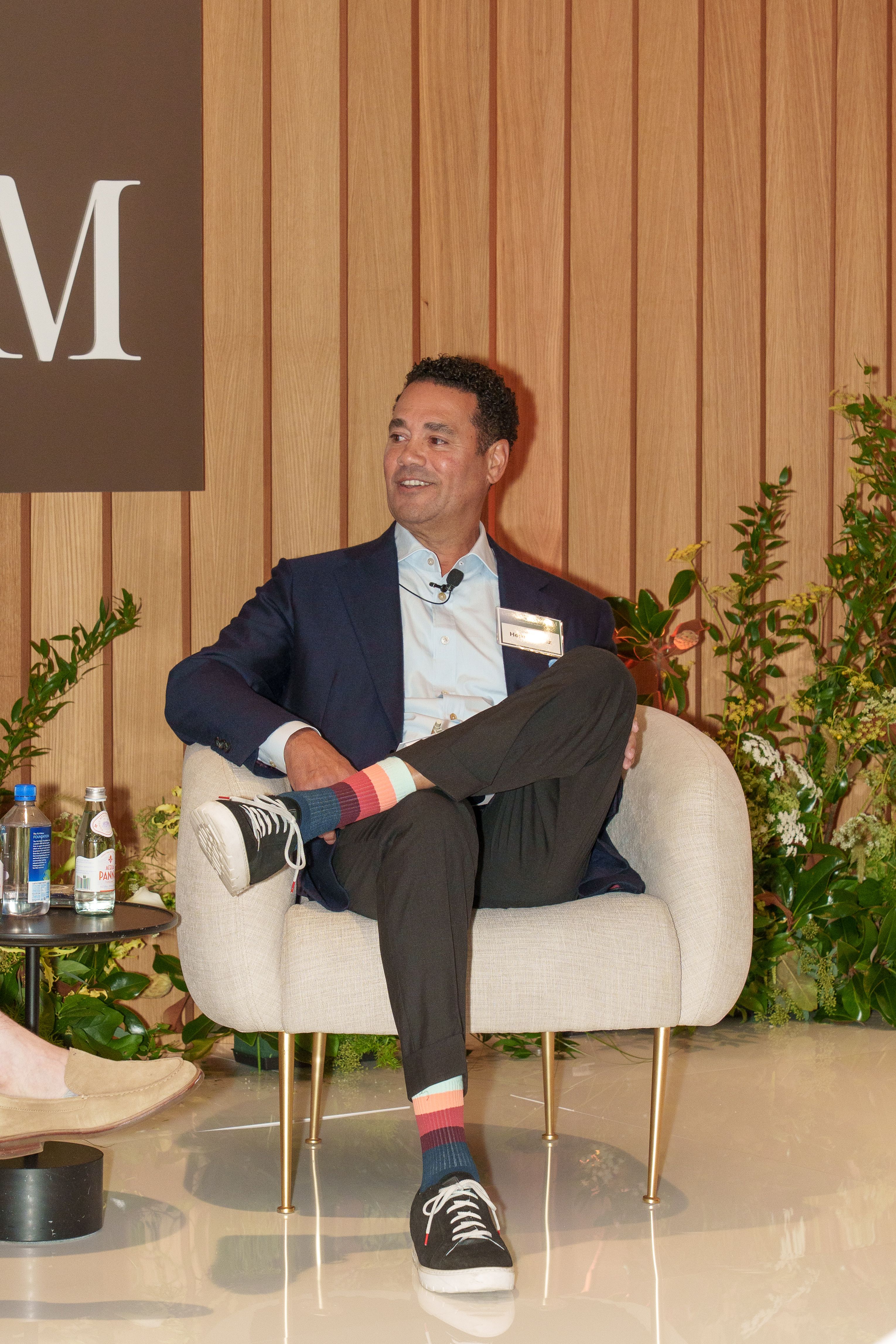Buy or Build Enterprise AI? Insights from Central Park AI Forum
At the 2025 Norm Ai Central Park AI Forum (CPAIF), two conversations captured key dimensions of the buy vs. build choice. Henry Moniz, Chief Compliance Officer at Meta, in a fireside chat with John Nay, founder and CEO of Norm Ai, reminded us that enthusiasm to build doesn’t translate into long‑term ownership. Throughout the day, sessions discussed themes related to talent, focus, and the high-stakes nature of enterprise AI deployments.
“If you're an engineer, you might be onto the next sexy thing you want to build. You might not necessarily be pushing [...] updates and improving. It's not as fun to maintain as it is to build.” — Henry Moniz, CPAIF 2025
Building software is fun. Maintaining software is just as important, but not nearly as enjoyable. Similarly, building a prototype is easy, but building production-grade software that can be used in mission critical situations, e.g. for legal and regulatory compliance, is a totally different endeavor. The optimal incentive structure to maintain and constantly improve production-grade software is only found inside of growing technology companies that have bet their future on a vision that requires that specific thing. Only then can you attract world-class talent and keep them driving toward a prime directive to build and support that focused mission.

“There's a cost benefit, right? Like if you have engineers, we have a lot of engineers. All these companies have a lot of engineers. But do you want them working on products that are accretive and commercial and they can really build the bottom line?” — Henry Moniz, CPAIF 2025
The ability to build high quality production-grade software is surprisingly scarce. Companies need to allocate this scarce resource like anything else: where it is likely to generate the highest differentiating value for them. Building legal and compliance software is rarely a high potential return on investment because it is unlikely to be a differentiating asset for any company other than a law firm or compliance consulting firm.
The ideal setup is to find a third party firm that is all in on Legal & Compliance for in-house teams, but at the same time, is not a small point solution: that is the other trap to avoid. If a company uses point solutions that are too narrow, coming from a plethora of small vendors, then they lose the ability to consolidate data, relationships, change management, and focus around a more unified platform. Ultimately, they end up needing to change things up in a painful way. Furthermore, if a vendor is too niche and narrow, they will not be able to attract and retain world-class talent through profitable growth.
An AI-specific buy vs. build trap that will grow in size in the coming years is working with vendors that are a thin wrapper on top of the foundation models. Buying access to OpenAI or Anthropic from a vendor that is not themselves going deep into specific workflows on a company’s behalf is worse than simply calling upon OpenAI more directly. These underlying foundation models continue to rapidly improve and the most effective way to index into their chatbot modality deployment is to go direct.
The optimal solution for specific AI-driven workflow automation is to collaborate with a partner that is (1) fully focused on a certain category, e.g. legal & compliance AI for in-house teams at large enterprises; and (2) adaptive and open to implicitly co-developing additional functionality alongside their clients. That latter adaptiveness point is what enables companies to capture the benefits they would have with building in-house solutions, namely, influence over the broadening roadmap of integrated solutions, without the drawbacks of building something outside of their core wheelhouse. To sustain that adaptiveness, the partner needs to be growing. They need world-class talent, and they need to strike the right balance between focus and flexibility.
Over time, a few patterns have emerged. Organizations that insist on building everything in-house, convinced that only their teams understand their idiosyncratic systems, tend to overspend by multiples and still underperform. By contrast, those that partner with established vendors, the ones with extensive operational experience, usually land faster and cleaner.
The do-it-yourself path hides two traps. First, the star engineer who builds the brilliant system rarely wants to invest the time to maintain it. Second, if that person truly is exceptional, another company will pay them handsomely to build the next one, and incentivize them to leave.
The higher-stakes an enterprise deployment, the more critical it is to lean on teams that are seeing across the entire industry. For functions like customer support AI agents and marketing AI agents, the buy vs. build equation can net out toward building. As an AI touchpoint gets closer to mission critical, turning to those that are tapped into the broader industry and regulatory landscape increases in importance. This is analogous to why high-end law firms and strategy consulting firms will always have a place in the Fortune 500 arsenal of business tools. As a concrete example, it is common for large enterprises to build a chatbot in-house with a foundation model provider, but the regulatory and legal checks on the highly regulated touchpoints that chatbot would have are rarely implemented by in-house builds.
See Legal & Compliance AI in action
We’ll reach out to schedule a personalized demo.
Central Park AI Forum
Download the Central Park AI Forum pre-read anthology today.